FJ60 is the Most Lovable Workhorse of the ’80s
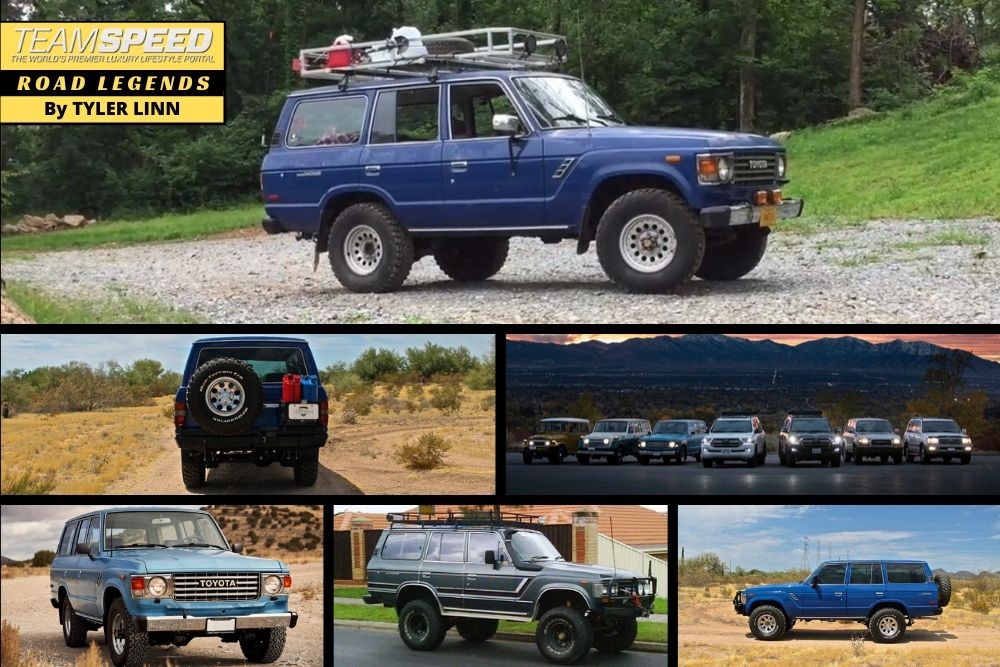
FJ60 values continue to climb toward collector status due to its reliability, handsome styling, and off-road functionality.
Last summer, Toyota sold its 10 millionth Land Cruiser in Australia, which is Land Cruiser’s largest market. As one of today’s most full-capability SUVs, the 2020 Land Cruiser might seem to have little in common with the bare-bones Land Cruiser models built through the late 1970s. Yet, Land Cruisers new and classic are connected through the decades by world-renowned capability as well as Toyota’s expected quality, dependability, and reliability.
And when it comes to these iconic vehicles, it’s the FJ60 that is perhaps the most beloved of all Land Cruisers. And the love for these vehicles has only intensified with time.
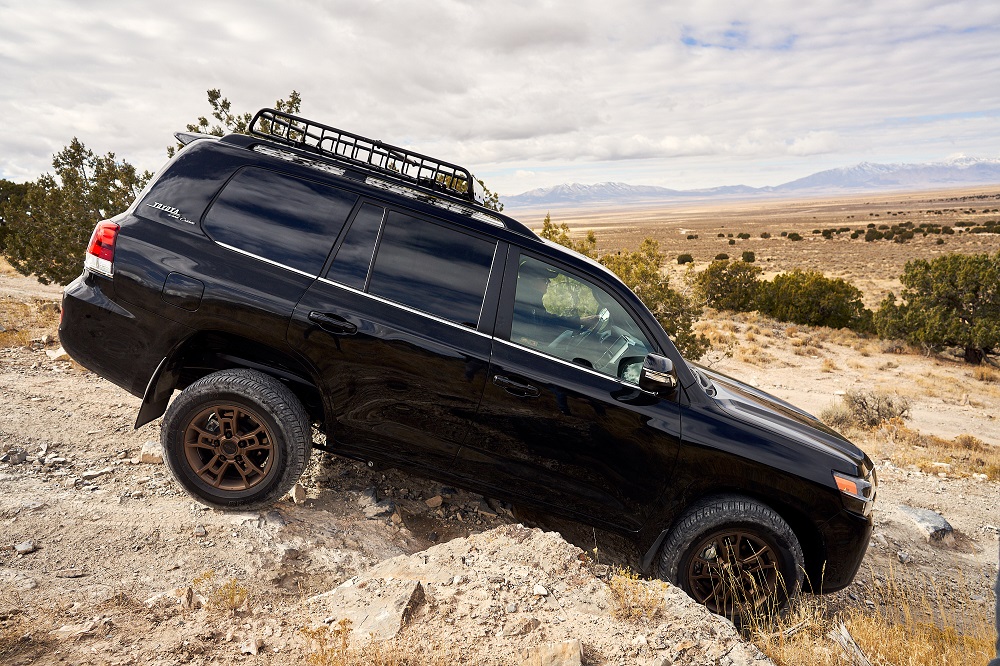
Since its introduction in 1980, it’s been dominating trails anywhere and everywhere. Nearly 40 years after its debut it is still one of the best-looking vehicles around. In recent years, stocks for these trusty overlanders have soared. And many of these rugged, boxy, dependable SUVs are still kicking around today.
As Toyota celebrates seven decades of success of the Land Rover with its limited-edition 2020 Land Cruiser Heritage Edition (pictured above), let’s take a cruise back in time to see how the Toyota FJ60 Land Cruiser played a big part in popularizing the series of legendary vehicles.
History
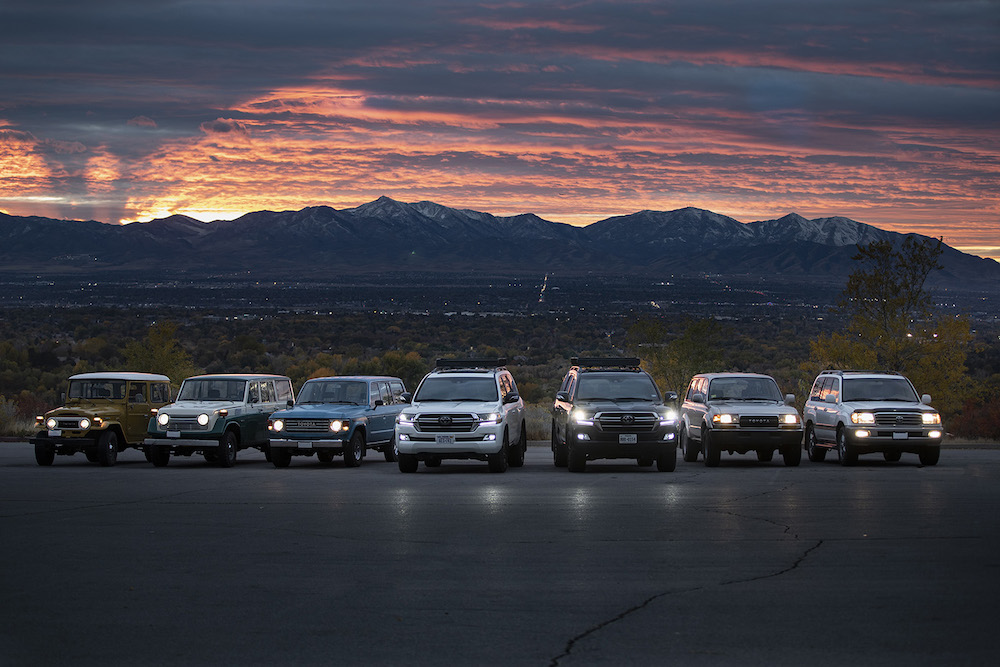
The Toyota Land Cruiser has a long and storied history. What started as a military contract bid in 1951, soon blossomed into Toyota’s bread and butter. The Land cruiser helped to cement Toyota’s reputation for reliability and utility and went on to become an icon for the brand. Ultimately, the ’80s gave us the FJ60.
In 1980, Toyota began production of the FJ60 model Land Cruiser. This was the 5th generation in the Land Cruiser’s history. It refreshed the station-wagon body that began with the FJ45 and was later popularized by the FJ55 models. The FJ60 also improved upon styling, comfort, and off-road functionality.
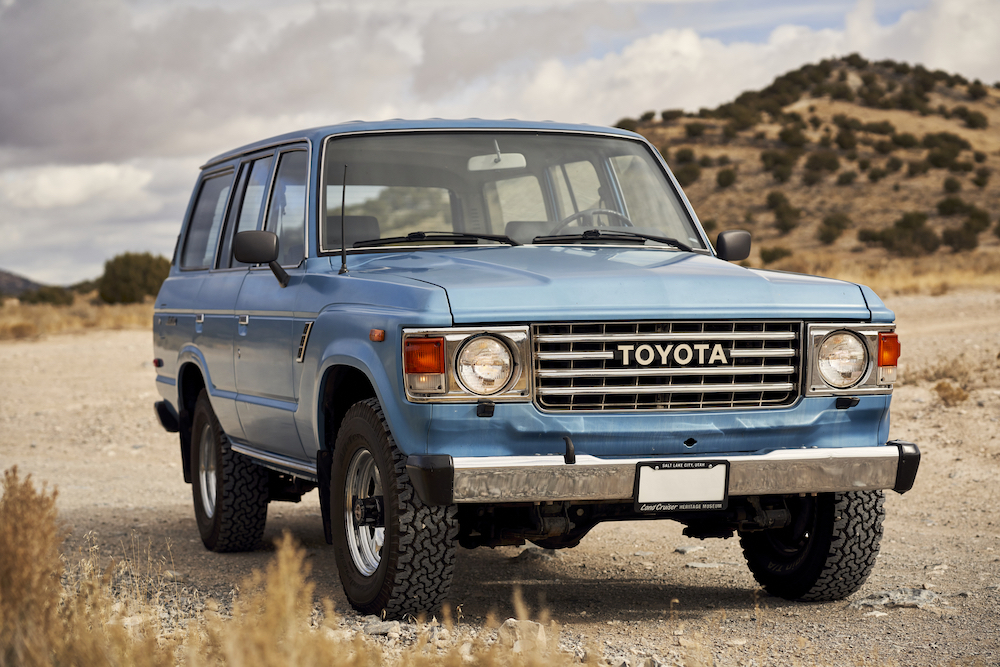
With the FJ60, Toyota began the Land Cruiser’s shift towards a more luxurious utility vehicle. By doing so, Toyota sought to compete directly with Land Rover.
Early in its production, Toyota celebrated a major milestone exporting its 1 millionth Land Cruiser. Production of the FJ60 later ended in 1987, it was succeeded by the FJ62.
The FJ60 marked the Land Cruiser’s departure from farm and bush-only use. The new interior comforts afforded a more practical daily driver in the U.S. Land Cruisers were now wagons that put in serious work without sacrificing passenger comfort.
A sign of the Toyota FJ60’s budding cult following is the ever-expanding 60-series restoration market. Gearheads everywhere are flocking to rescue these burly transports in droves.
The interior of the 60-series saw a whole new level of comfort, style, and user-friendliness compared to the bare bones FJ40 & FJ55. Gone were the front bench seats and clunky controls. The 60 now had carpeted floors and door panels, adding a more luxurious feel to the brutish workhorse. To complete the interior refresh, the FJ60 also added a rear heater and air conditioning.
The interior styling wasn’t the only thing to get a refresh either. The exterior styling brought a no-nonsense boxy appearance that typified 80s vehicles.
The Land Cruiser’s market grew to incorporate far more of the general public with the FJ60. It no longer resembled the military vehicle it once was, rather a standard passenger wagon. But, by no means did it lose any of its renowned off-roading capabilities.
Reliability
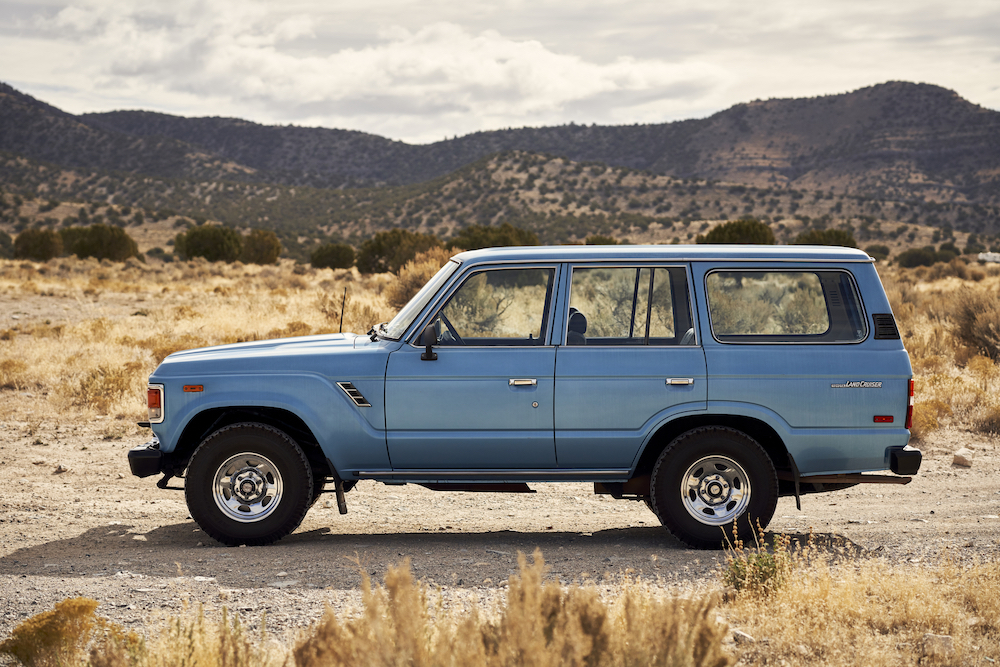
While the Land Cruiser nameplate as a whole stands out for its off-roading prowess, the 60 series remains coveted amongst even modern vehicles for its simplicity and reliability. When out on the trails or overlanding, the last thing you want to worry about is making repairs. Fortunately, the 60 keeps things notably simple. Simpler designs naturally lend to fewer parts. And fewer parts means fewer opportunities for breakdowns.
But, breakdowns are inevitable in any vehicle. Thankfully, repairs on a 60 are often easy and require few specialized tools. This is a huge advantage, so long as your rig is in good shape, of course. One item in particular that places the 60 at the top of many enthusiast’s lists is its solid front axle.
YotaTech Forum Thread: What does FJ stand for?
The FJ60 maintained the solid front axle design from previous generations, leading to greater strength and reliability. With a solid front axle, failures are few and far between.
While not the most convenient at times, the manual locking hubs also help to keep things simple in the FJ60. Auto-locking hubs can be prone to failure and are notoriously unreliable when needed. But getting out to lock your hubs is incredibly simple and easily worth the added reliability.
Throw in a bulletproof engine and you’re good to go. Bottom-line: making it back out of the woods will never be a concern in a 60.
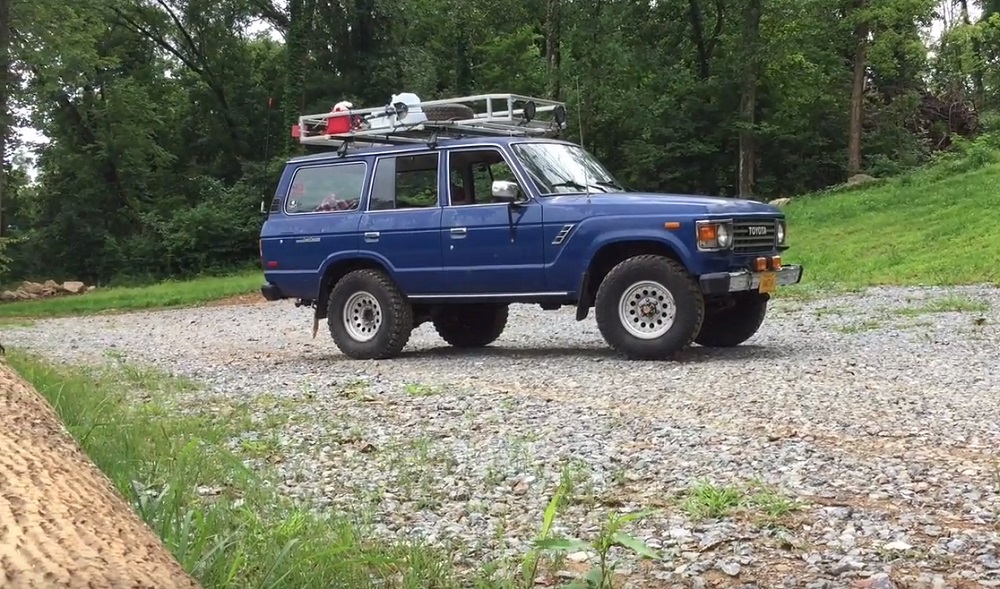
One of the many reasons for the 60’s ironclad persona is its engine. Like the 40 and 55 before it, the FJ60 utilized the 2F Engine. The 4.2 L 2F improved upon several aspects of the 3.9 L ‘F’ Engine first introduced in 1948. Both featured cast-iron blocks, an inline-six layout, and offered loads of low-end torque.
A lighter flywheel was also introduced in the 2F slightly raising idle speeds. Likewise, Toyota opted for a new clutch which made for a much smoother shifting experience.
While the 2F saw a horsepower increase to 135 hp, its torque values decreased from 209 ft·lb to 200 ft·lb. The reliability of the engine was improved by modifying the engine’s oil flow. Oil was diverted to run through the filter before entering the engine rather than after. In addition, an oil ring was removed from the pistons.
All in all, fewer oil changes were required to keep the 2F in top shape and the driving experience improved along with it.
FJ60 Cult Revival

In recent years, values for the FJ60 have skyrocketed. This once cheap and readily available trail-traversing beast is now nearing collector status. A mint FJ60 can now easily fetch anywhere upwards of $25k, like the 1982 Toyota Land Cruiser FJ60 (pictured above, and below) that recently nabbed $26,800 on Bring a Trailer. For a 30-plus-year-old SUV, that’s not bad at all.
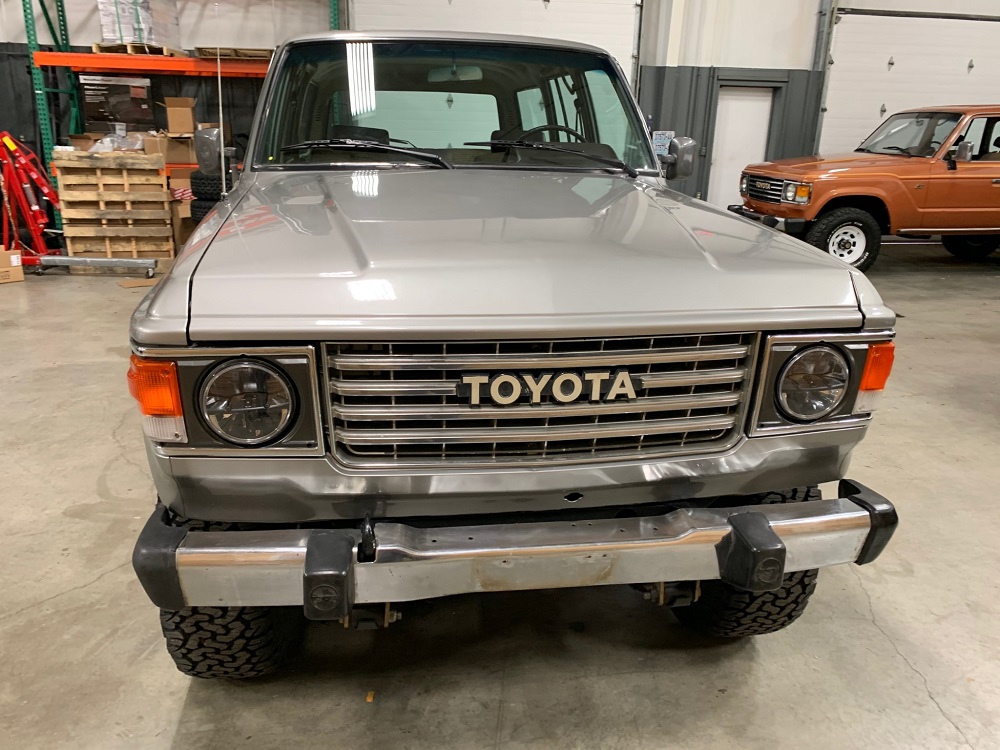
While not as sought-after as its older sibling the FJ40, the 60 is quickly approaching those same $40k+ figures. Collector appeal for the 60 is largely due to its reliability, off-roading prowess, and nameplate recognition. But we’d be kidding ourselves to think it has nothing to do with its nostalgic appearance. The 60-series epitomizes the ’80s craze currently sweeping pop culture. Recently, we spotted a 1988 Toyota Land Cruiser 60 Series 4WD (pictured blow) going for $80,000 online.
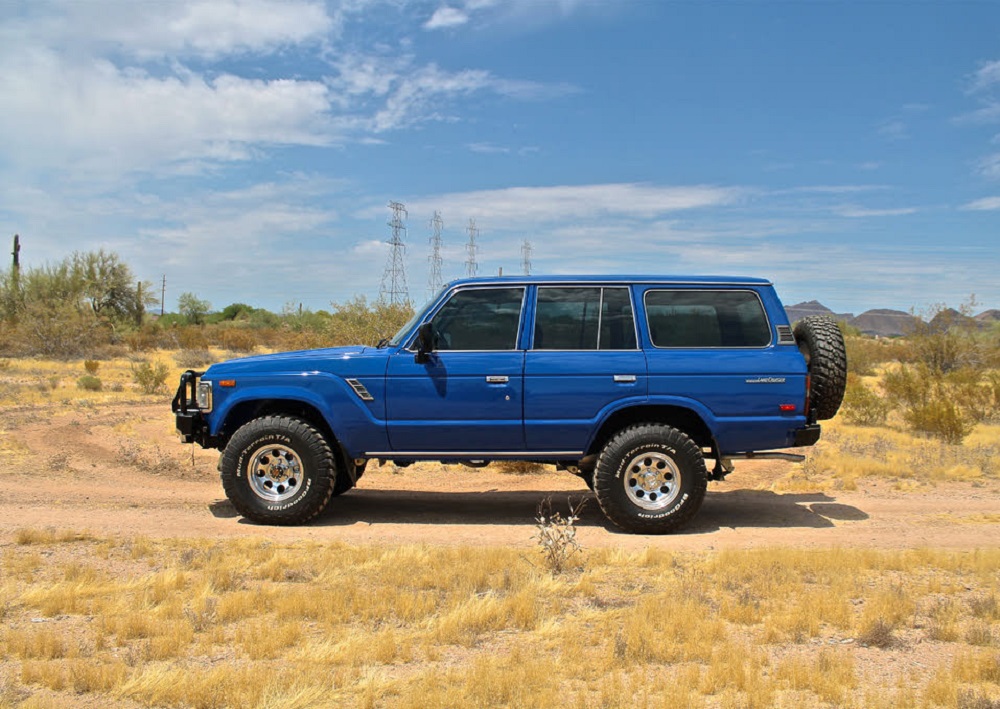
The design, while boxy and simplistic, bears a timeless quality about it that drives many crazy. It’s impossible to find a bad-looking 60. Even the rust buckets grab the attention of passersby. They simply look amazing.
Restoration Boom & Aftermarket Support

Another sign of the Toyota FJ60’s budding cult following is the ever-expanding 60-series restoration market. Gearheads everywhere are flocking to rescue these burly transports in droves. Some owners proudly boast having three or more, not including parts vehicles.
Frame-off restorations for the 60 are a full-time gig for many shops across North America. And they often come with a lengthy waiting period. The demand is simply enormous.
YotaTech Forum Thread: Landcruiser FJ60 lift?
For example, a 110-point frame-off restoration from an auto shop in Los Angeles will run you around $35k and up. While this may seem steep, you essentially receive a brand-new vehicle in return that is guaranteed to last for more than just a few decades.
Aftermarket shops have come out of the woodworks as well to supply the current FJ60-series restoration boom. Ask just about any Toyota Land Cruiser FJ60 owner what suspension they’re running and you’re more likely than not to hear the words “Old Man Emu.” Its a Land Cruiser staple and an expected piece of any restoration effort.
Salvage yards are also popping up all across the country. It’s relatively easy to find any used parts you may be in the market for. You can almost guarantee yourself there will be a parts rig or full-blown Land Cruiser scrapyard within 100 miles of your location.
Internet Following
A quick search for Toyota Land Cruiser FJ60 on the Internet will deliver a wide range of interesting videos, forums, businesses, and more. Unlike some other Toyota models, the 60 was not forgotten with time. What’s a Paseo?
Youtube channels like Mize Adventure are completely dedicated to documenting the repair, ownership, and adventure of owning the off-roading icon.
There’s also enough information on Yotatech’s online forums to fill a small library. Anything and everything you could want to know about these vehicles is guaranteed to be found within Yotatech’s forum pages.
Conclusion

The FJ60 is a legend, and not only within the ranks of Toyota’s off-roading fleet. To this day, many across the globe still use the FJ60 for farm use, overlanding, weekend getaways, or as a nostalgic daily. The 60 has earned its right to bear the Land Cruiser badge time and again. It continues to haul and crawl across the mountain trails and mud bogs four decades after its release. Thanks to its reliability, good looks, and utilitarian nature, the FJ60 remains a fixture in the automotive world.
It’s likely the FJ60 will continue to grow in popularity for now, until one day it too fades into obscurity. But one thing is certain, anyone who truly knows this beautiful machine will never lack a reason for why they love it.
Photos: Toyota; CarGurus; Bring a Trailer; Mize Adventure; Yotatech forums
